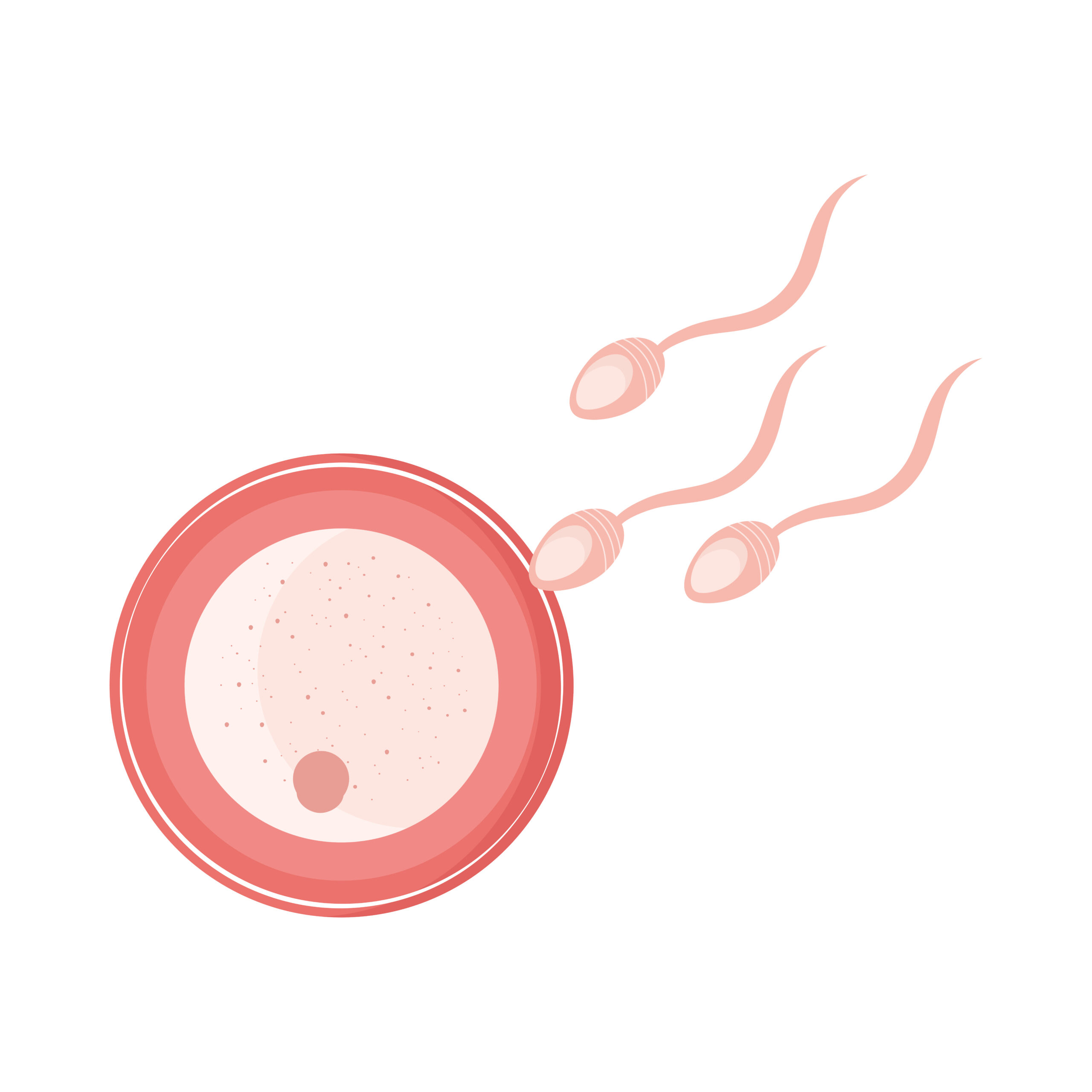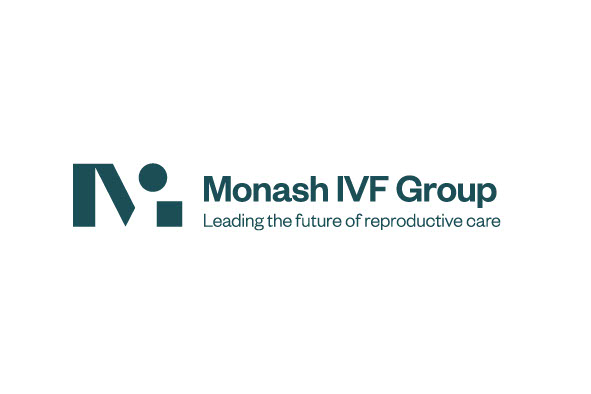What to do during the two-week wait
OK, so you’ve done all the hard work tracking your ovulation, had sex at the ‘right’ times, or perhaps you’ve just undergone an IVF cycle, and now you are waiting… and waiting to see if implantation has occurred. Implantation is the process whereby the fertilised egg (known as a blastocyst at this point) adheres to the wall of the uterus. This usually occurs 7-10 days after ovulation (or embryo transfer), hence the two-week wait.
That two-week wait before you can take a pregnancy test can feel like forever and the suspense unbearable! Rather than tearing your hair out (and causing unnecessary stress), whether you have been trying naturally or through IVF or insemination, there are still some things that you can be doing to help to encourage implantation.
#1. Diet
There’s no escaping it, diet really is important and whilst there is no ‘special’ implantation diet you should be following (despite what the internet may say), you may like to think about changing your diet to help support your body through the implantation process. If anything, it will be a great head start for if you do become pregnant! Studies have shown that preconception weight is one of the major risk factors for fertility outcomes and that women of a healthy weight are more likely to get pregnant than women with a lower or higher BMI (body mass index). Although now is definitely not the time for a crash diet, focus on including whole grains, lean protein, vegetables, fruits and low-fat dairy and reducing or eliminating processed foods, alcohol and caffeine from your diet.
Eat to support healthy hormone levels and to nourish a healthy uterine lining:
- Inflammation can create an inhospitable environment for sperm and a developing embryo so add omega-3 rich, anti-inflammatory foods such as fatty fish (salmon), flaxseeds, chia seeds and walnuts to your diet. Omega 3 fatty acids have been shown to improve embryo morphology during IVF and not only that these foods are also great sources of protein, zinc and/or fibre to aid growth and digestion.
- Protein is important for growth and there will be a lot of that if your embryo starts to develop! In addition to fatty fish and nuts, eggs and legumes are a fantastic source of protein as well as iron. Studies have shown that improved fertility outcomes are found in women that had a lower intake of animal protein (particularly red meat) and increased vegetable protein intake so take your mind off the wait, get creative and try including a few more vegetarian meals in your diet during this time!
- Carbohydrates are often demonised, but we do need them for fuel. Stick to whole grains (brown rice, wholegrain oats), quinoa, fresh fruit and vegetables and avoid processed foods such as white rice, bread and pasta. Try to include a wide-variety of fresh fruit and vegetables (“eat the rainbow”), especially cooked and fresh dark leafy greens (broccoli, bok choy, kale, kale, chards etc.,) for the folate and dark-berries (blueberries, raspberries, strawberries) for their anti-oxidant properties and vitamin C. Choose organic where possible as organic produce and animal products should be free from hormones and antibiotics and have lower pesticide and herbicide residues.
- Consider eating foods that support warmth – a warm womb is an inviting one! Foods that include ginger, cinnamon and cayenne are great, as are soups and stews.
- Whilst there is no concrete evidence, it is thought that pineapple may be beneficial to implantation due to the high-levels of the antioxidant bromelain. The core of the pineapple contains the highest concentrations so why not add some to a smoothie?
- Lastly, it is best to reduce or eliminate acidic foods such as red meat, coffee, alcohol and processed foods will make your cervical mucous hostile to sperm. Not only that, but alcohol impairs absorption of a number of important nutrients and acts as a diuretic, increasing the excretion of water-soluble nutrients.
#2. Prenatal Supplements
If you’re not taking one already you should definitely start taking a good quality prenatal vitamin in your diet – look for brands, which contain folate (the natural and bioavailable form of vitamin B9) rather than the synthetic form, folic acid. Folate is now considered not only as a nutrient needed to prevent neural tube defects in pregnancy but also as a vitamin essential for reproductive health. Look for a supplement that includes 600 ug for a daily dose.
Check whether the prenatal supplement includes omega 3 fatty acids such as EPA and DHA. If they don’t, it is also a good idea to add in a good quality fish oil or algal oil (for vegetarians or vegans) supplement to cover you for this. Other important nutrients that your prenatal supplement should include are vitamin D and iron.
Choosing a good supplement can be extremely overwhelming so a good resource for checking the quality of a supplement is the website https://labdoor.com , which independently tests supplements and ranks them based on label accuracy, purity, nutritional value, ingredient safety and projected efficacy. Although it’s a U.S. website it does list a number of locally available Australian supplements.
#3. Exercise Vs. Relaxation
Although exercise can be a great stress-release, now is not the time to go all out with your exercise routine! Instead, keep exercise to low impact activities such as walking or sessions on the elliptical trainer or stationary bike. Pilates and yoga are great for nurturing your body but avoid the more strenuous forms such as Bikram / hot yoga or power yoga.
It is advisable to avoid elevating your core body temperature as this can put you at risk of miscarriage. So keep running to a light jog and stay away from baths, jacuzzis, hot tubs, steam rooms and saunas. It is probably best to avoid swimming for a couple of weeks as this could expose you to bacteria, infection and chemicals such as chlorine.
Never underestimate the power of positivity! Mind-body therapies that focussed on development of strategies for coping with stress, social networks and breathing and relaxation techniques were found to improve pregnancy rates in women undergoing their second IVF treatment cycle, so try to meditate, go to a yoga class, get a massage or hang out with your friends and family. There are so many apps that can help you learn how to meditate if you have never tried before such as Headspace, Calm and Insight Timer.
Acupuncture can also be helpful for relaxation but has also been shown to increase chances of getting pregnant by up to 65% (British Medical Journal, 2008), so why not book in for a session at The Fertility Pod?
Giving up your fitness regime can be tough but remember that the potential rewards will be worth it! Your body is already working extremely hard so don’t feel guilty resting and enjoying some quiet time! It’s a great excuse to catch up on that Netflix series or podcast, read a book or even try getting outside for a walk in the sunshine (a bit difficult in the winter I know) to keep those vitamin D levels topped up and help you sleep!
This article is not intended to substitute for informed medical advice. You should not use this information to diagnose or treat a health problem or condition. Always check in with a medical practitioner before making drastic changes to your diet, taking supplements or starting a new fitness routine.
Anna Michael, Nutritionist
References
Afeiche, M.C., et al., (2016). Dairy intake in relation to in vitro fertilization outcomes among women from a fertility clinic. Human Reproduction, Vol. 31, No.3 pp. 563-571, 2016, doi: 10.1093/humrep/dev344.
Australian Government National Health and Medical Research Council, Department of Health and Ageing. Healthy eating during your pregnancy: advice on eating for you and your baby. https://www.eatforhealth.gov.au/sites/default/files/content/The%20Guidelines/n55h_healthy_eating_during_pregnancy.pdf
Australian Government National Health and Medical Research Council, Department of Health and Ageing. Australian Dietary Guidelines 2018. https://www.eatforhealth.gov.au/guidelines
Bailey, L., (2000). New standard for dietary folate intake in pregnant women. The American Journal of Clinical Nutrition, Volume 71, Issue 5, 1 May 2000, Pages 1304S–1307S, https://doi.org/10.1093/ajcn/71.5.1304s
Collins, G.G., and Rossi, B.V., (2015). The impact of lifestyle modifications, diet and vitamin supplementation on natural fertility. Fertility Research and Practice 1:11, doi: 10.1186/s40738-015-0003-4
European Society of Human Reproduction and Embryology, 2018. Mediterranean diet may help women receiving IVF to achieve successful pregnancies. https://www.sciencedaily.com/releases/2018/01/180129223846.htm.
Manheimer, E., Zhang, G., Udoff, L., Haramati, A., Langenberg P., Berman, B.M., Bouter, L.M., (2008). Effects of acupuncture on rates of pregnancy and live birth among woman undergoing in vitro fertilisation: systematic review and meta-analysis. British Medical Journal, 2008 Mar 8;336(7643):545-9. doi: 10.1136/bmj.39471.430451.BE. Epub 2008 Feb 7.
McGrice, M., and Porter, J. (2017). The effect of low crbohydrate diets on fertility hormones and outcomes in overweight and obese women: a systematic review. Nutritents 2017, 9, 204; doi: 10.3390/nu9030204.
National Health and Medical Research Council. Nutrient Reference Values for Australia and New Zealand. https://www.nrv.gov.au/nutrients/
Sangiulliano, J., 2016. Foods to enhance IVF success. https://babybloomers.co/foods-enhance-ivf-success/ Published 15 November 2016.
Southern California Reproductive Centre, 2016. Should I restrict exercise during IVF? https://blog.scrcivf.com/should-i-restrict-exercise-during-ivf. Published 20 September 2016.
Sweet Beet Acupuncture (2017). Foods for implantation. http://www.sweetbeetacupuncture.com/blog/2017/8/30/foods-to-eat-during-implantation. Published 25 September 2017.
Tamura, T and Picciano, M.F., (2006). Folate and human reproduction. American Journal of Clinical Nutrition 2006;83:993–1016.

